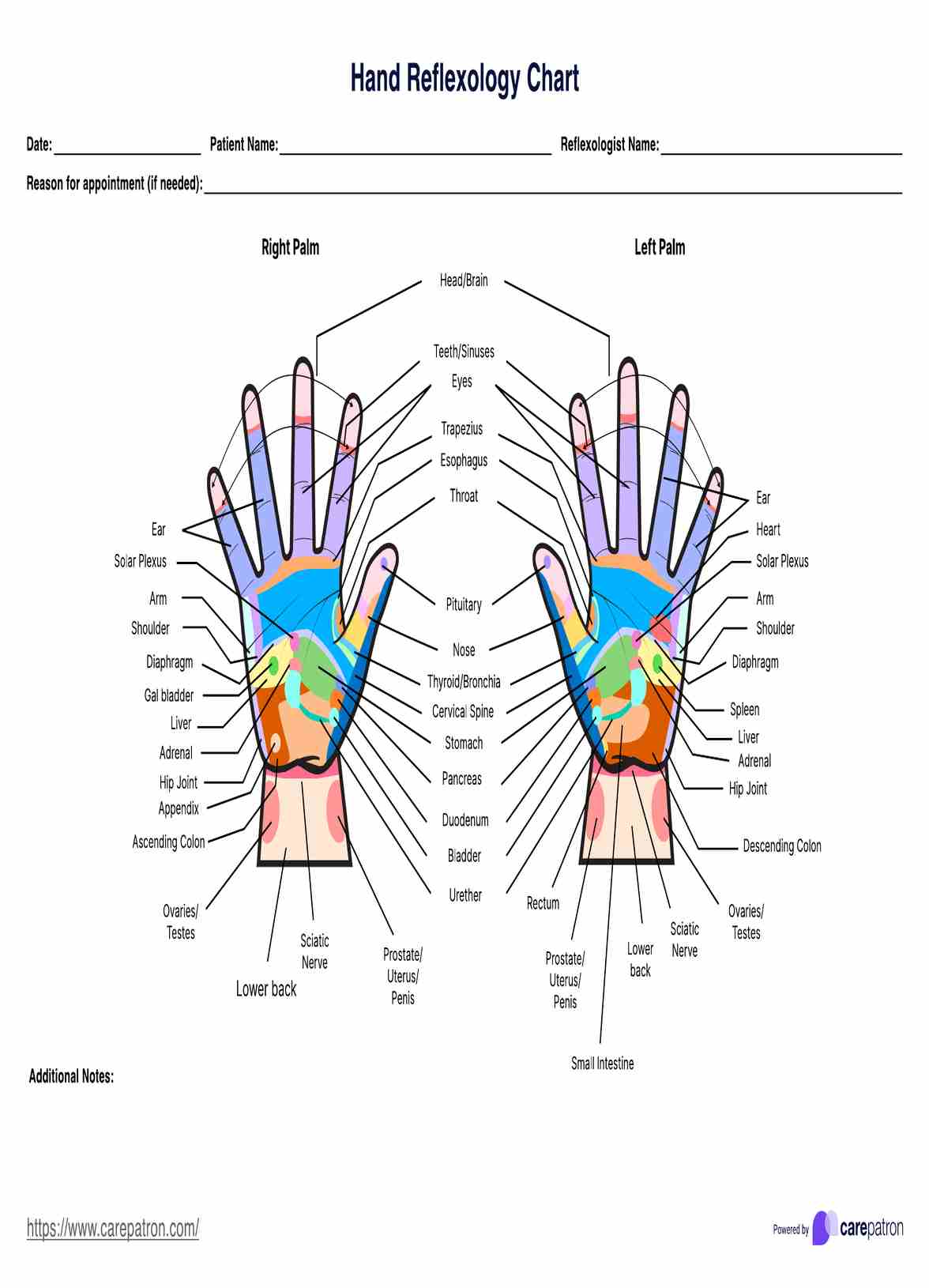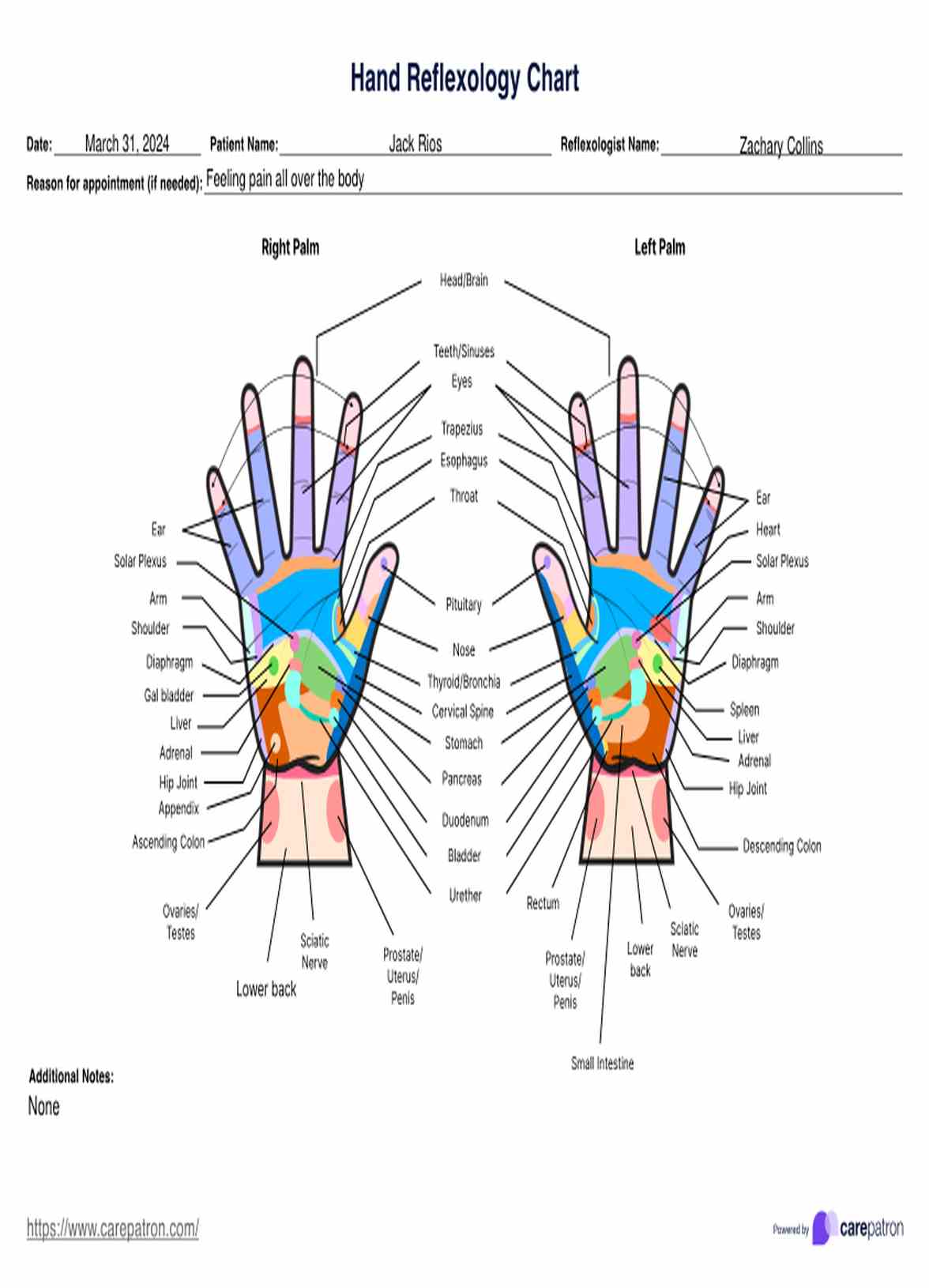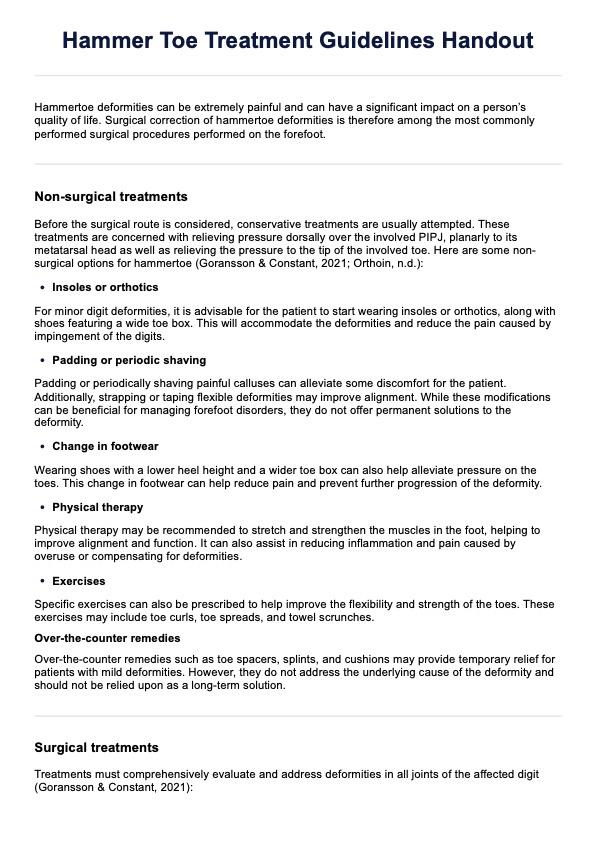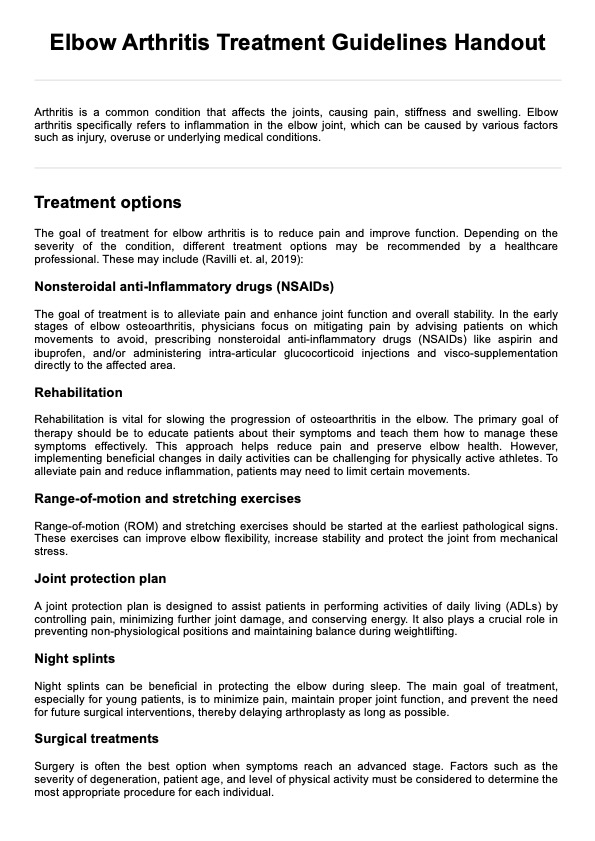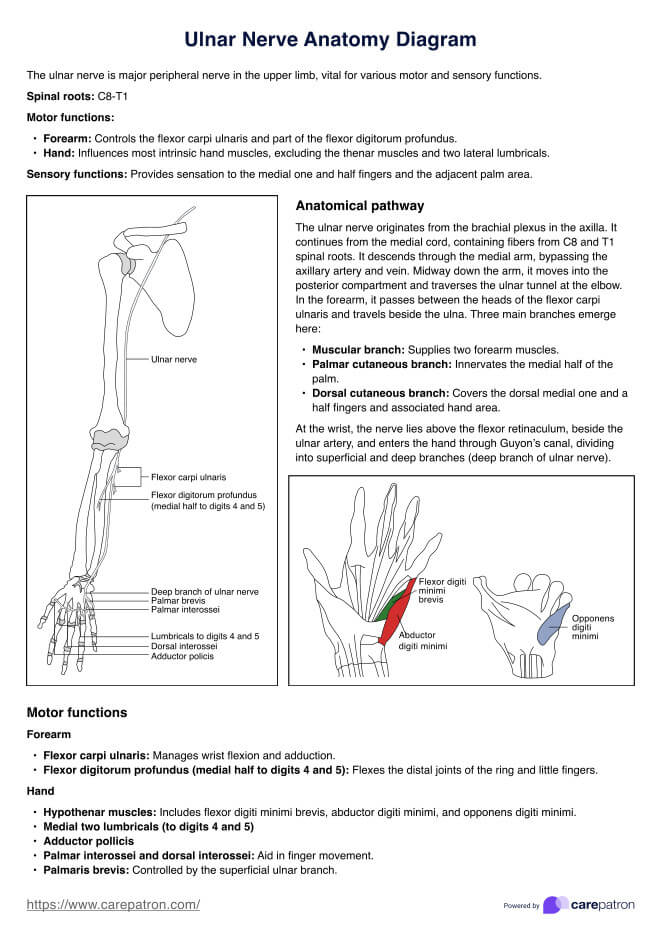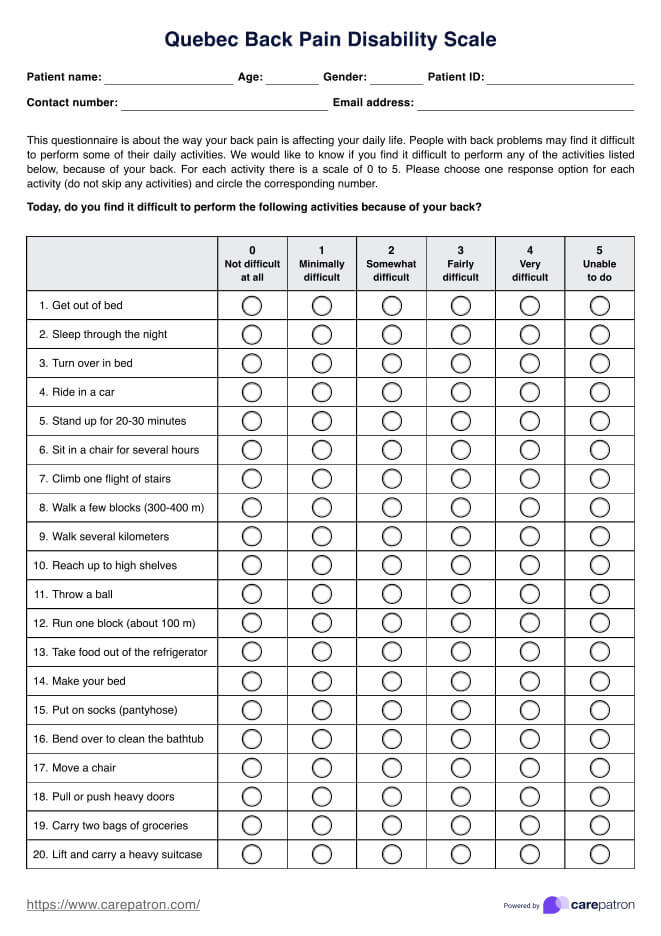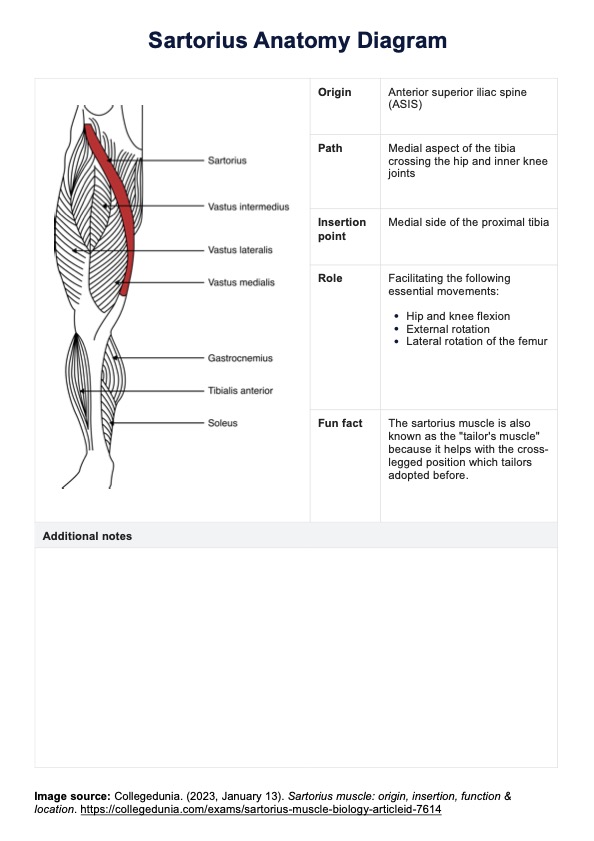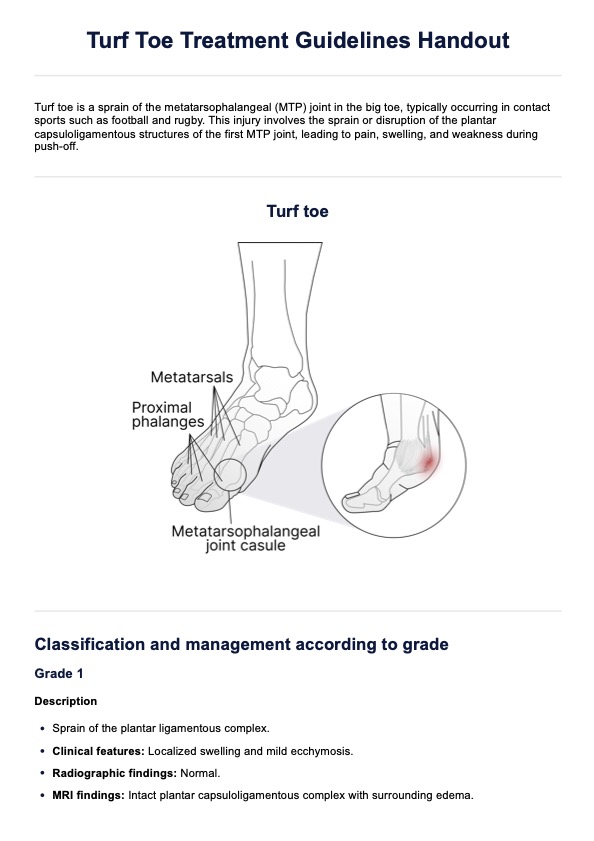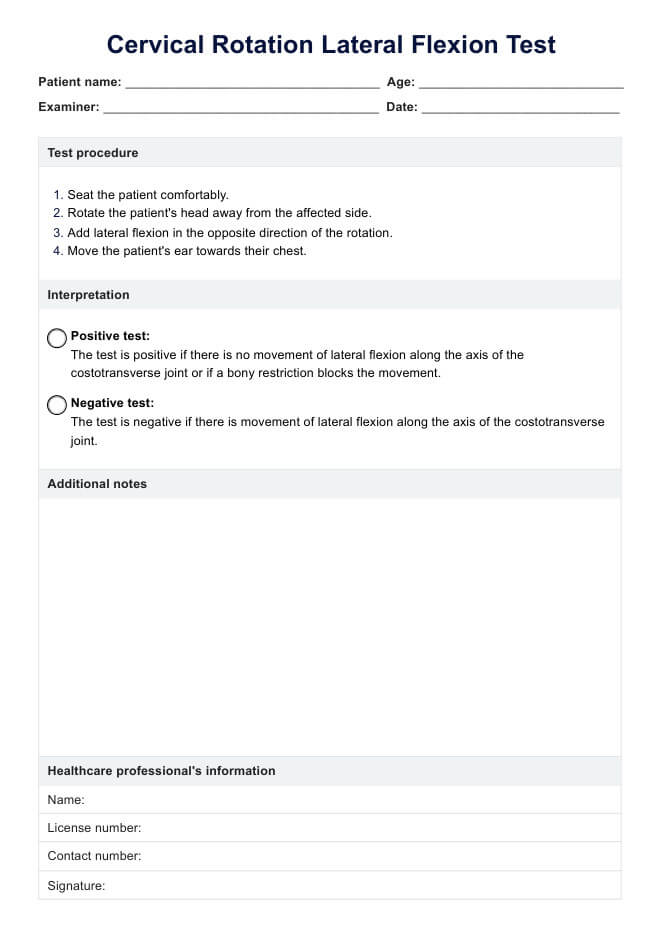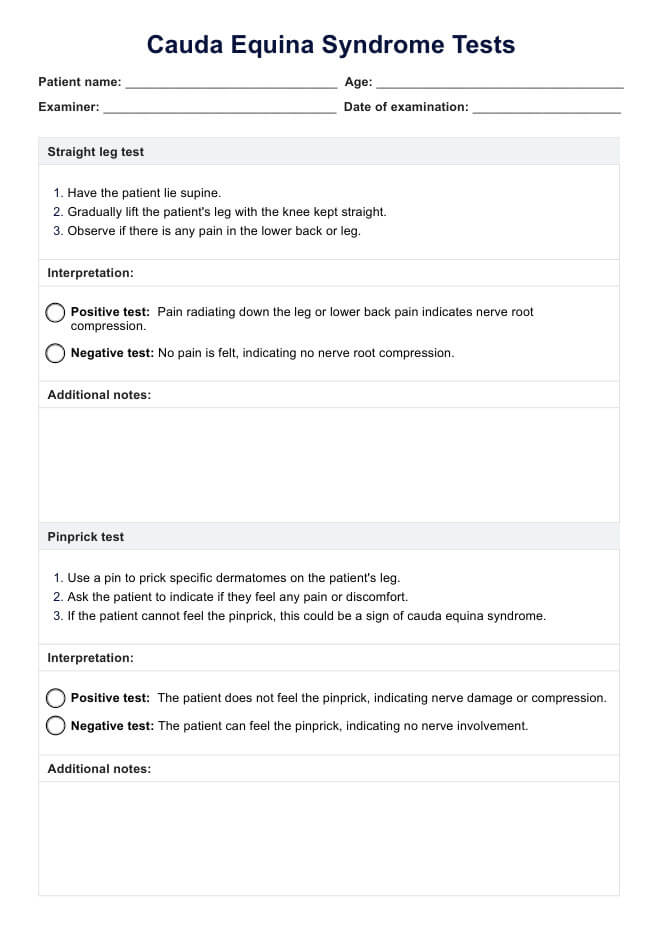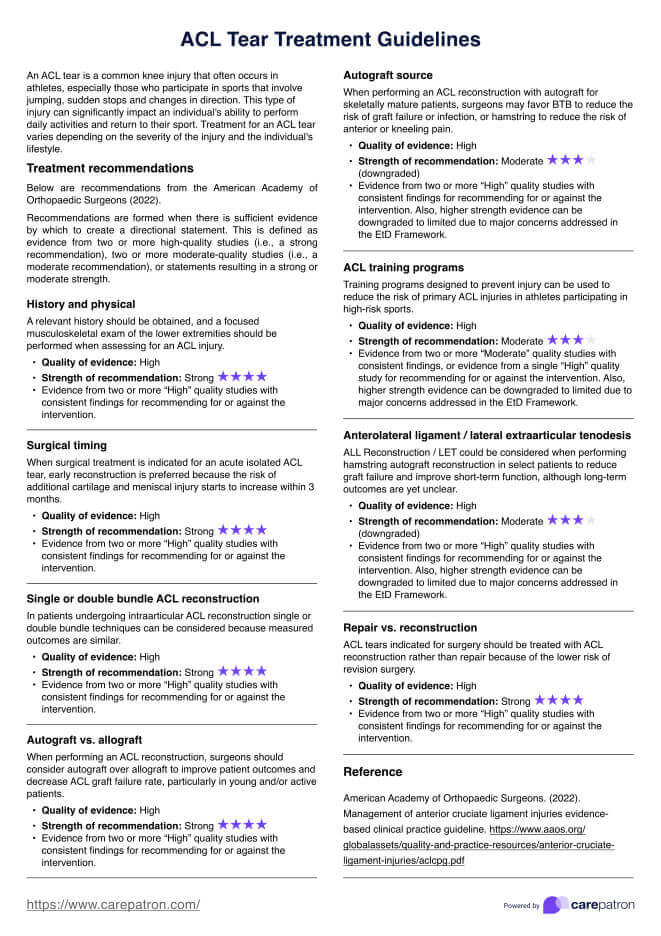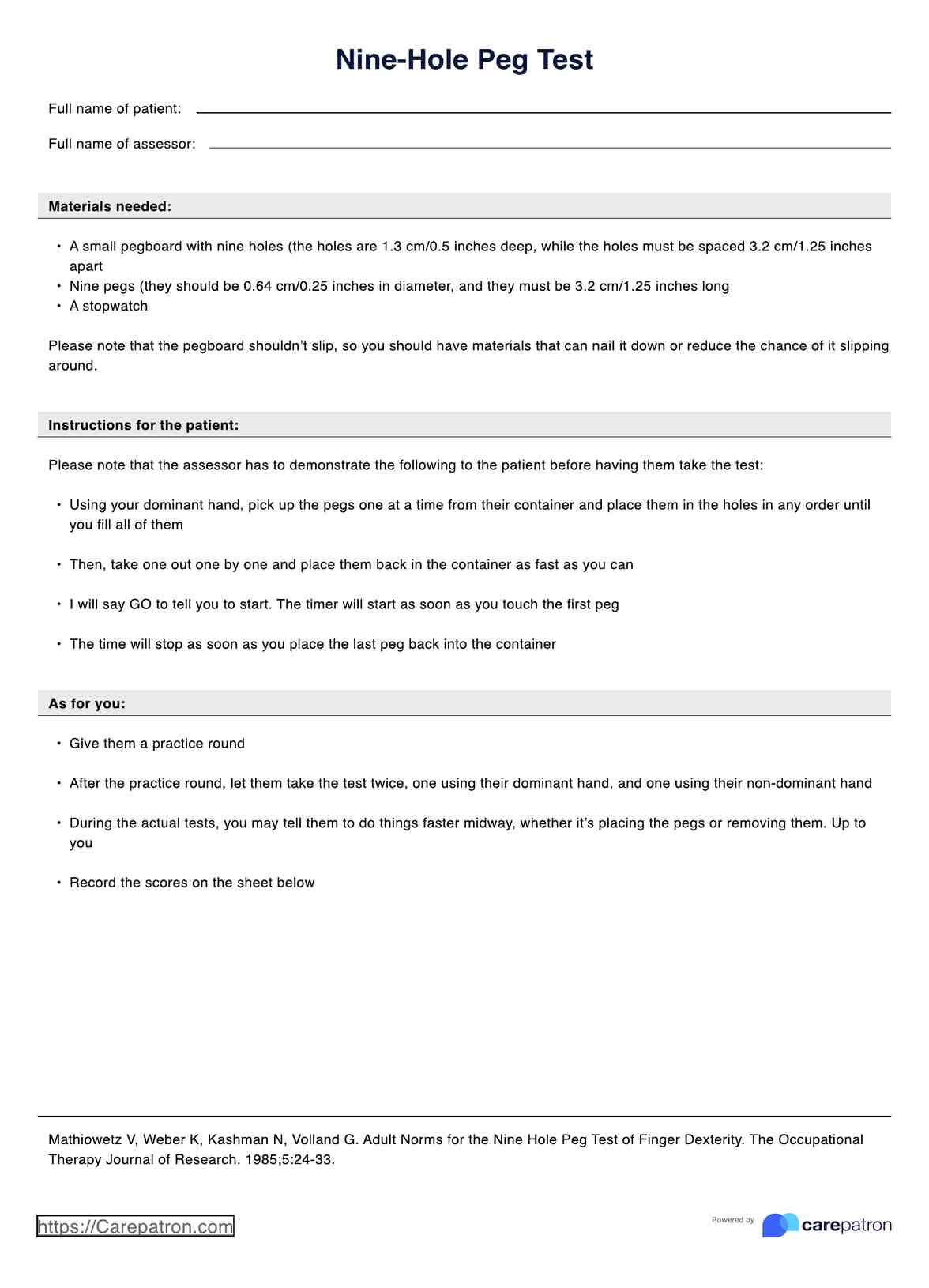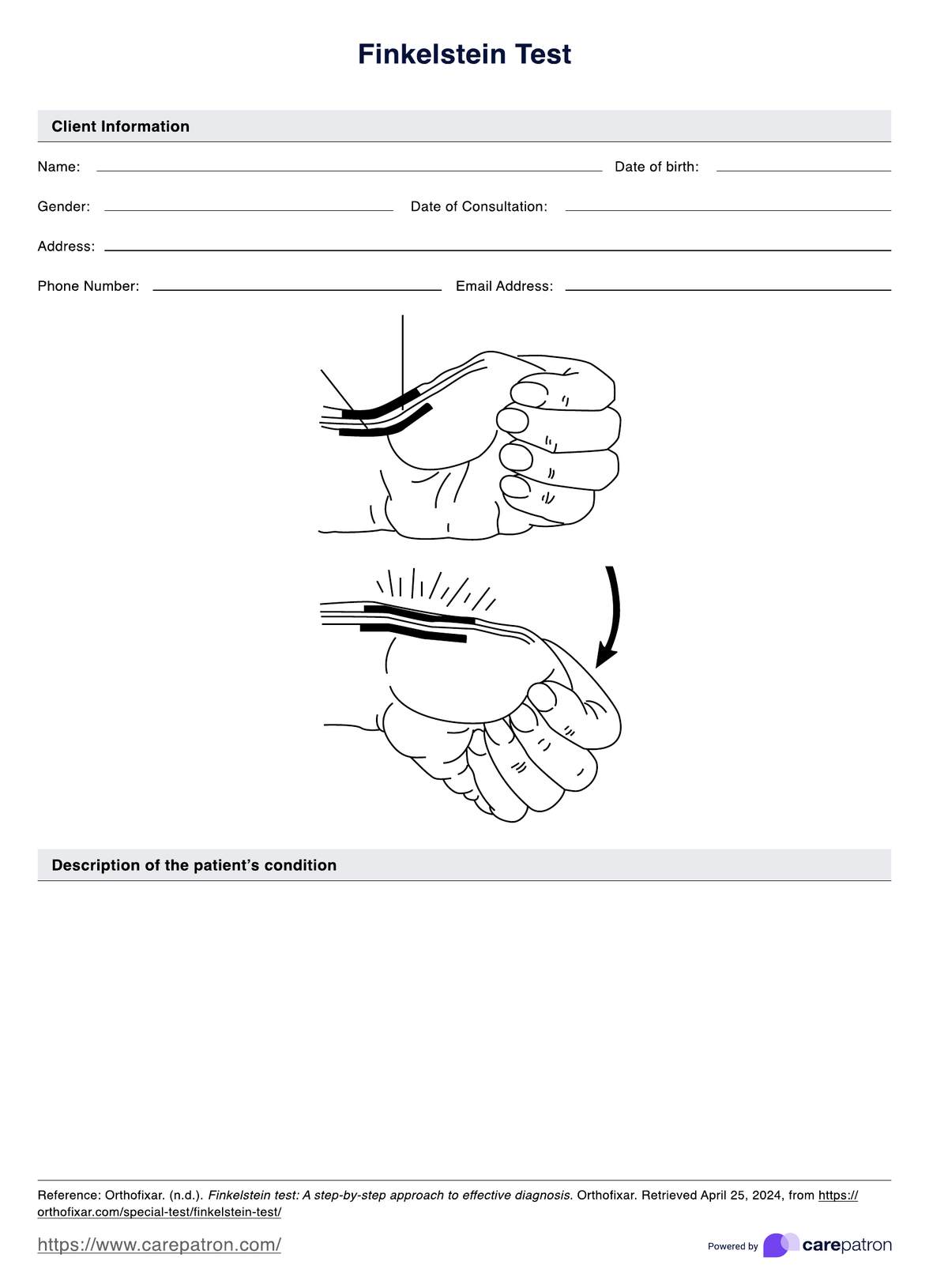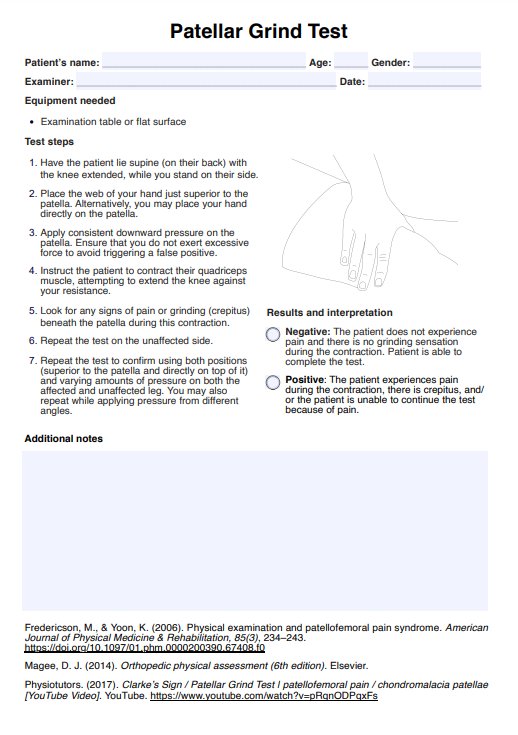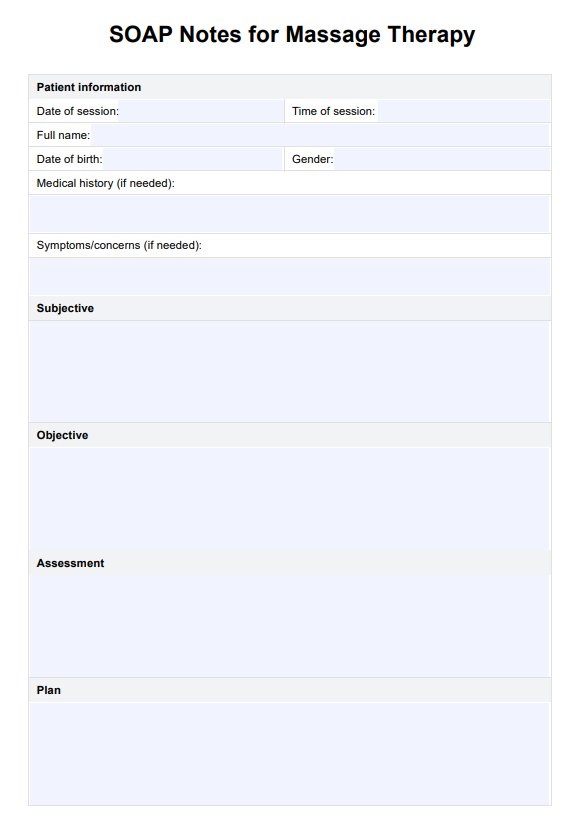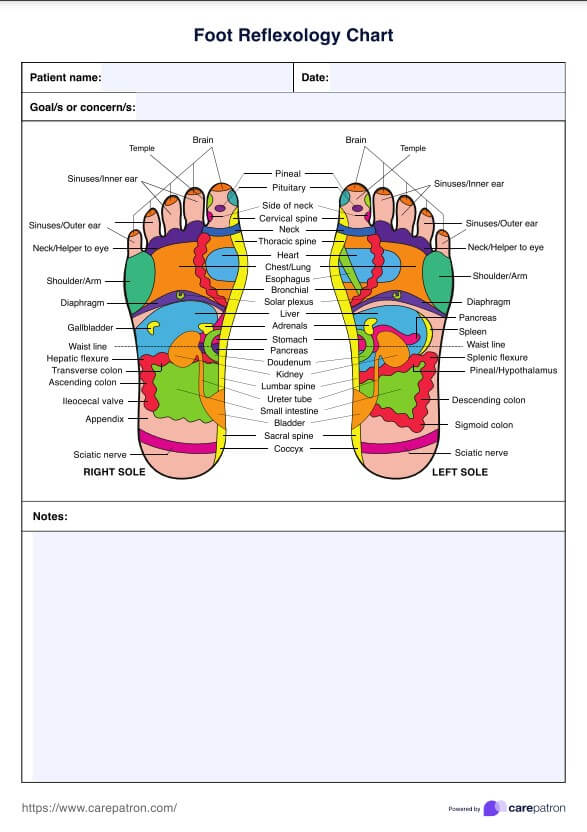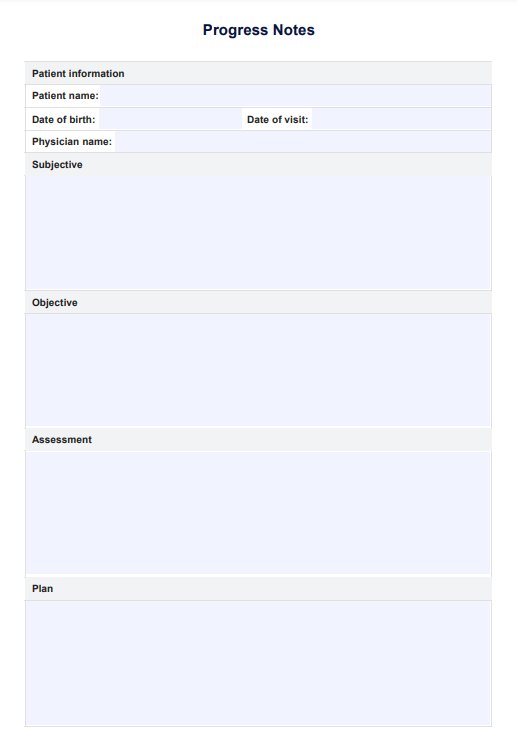Hand Reflexology Charts
Increase your knowledge and improve your technique with a hand reflexology chart template and an informative guide on this ancient therapeutic practice.


What is hand reflexology?
Hand reflexology is an ancient therapeutic practice rooted in the principles of touch therapy. It involves the application of targeted pressure to specific areas, known as reflex points, on the hands. Practitioners of hand reflexology adhere to the belief that these reflex points are interconnected with various organs and body parts, thereby influencing overall well-being.
The process employs various finger and thumb techniques directed at designated reflex points on the hands, primarily meant for stress reduction and pain relief. While scientific research validating the benefits of hand reflexology is limited, anecdotal evidence suggests that individuals who have experienced it often report relief.
Hand Reflexology Charts Template
Hand Reflexology Charts Example
Pressure points in hand reflexology
In the realm of hand reflexology, practitioners target specific pressure points that are believed to be interconnected with various parts of the body. Each of these points serves a distinct purpose, offering potential relief from various ailments. Here are some key pressure points in hand reflexology:
Heart 7
Nestled in the crease of the wrist, precisely aligned with the gap between the ring and pinkie finger, Heart 7 is a vital pressure point. Gentle pressure applied here is thought to alleviate anxiety, insomnia, heart palpitations, and depression.
Small intestine 3
Situated on the outer edge of the hand, just below the pinkie finger, Small Intestine 3 is another significant pressure point. Firm pressure on this spot is believed to relieve neck pain, earaches, and headaches occurring at the back of the head.
Lung meridian
Running from the thumb's tip down the hand's side to just below the wrist crease, the Lung Meridian is a targeted line for a massage. Massaging sore spots along this meridian is believed to relieve cold symptoms such as chills, sneezing, runny nose, and sore throa¹.
Inner gate point
Positioned approximately 3 centimeters from the point where the wrists touch in the middle, the Inner Gate Point is associated with digestive benefits such as improving digestion and alleviating nausea or stomach pain.
Outer gate point
Located between two tendons on the backside of the arm, the Outer Gate Point is targeted for immune system support by providing a quick boost for an energizing effect.
Wrist point 1
Situated on the wrist, tracing a finger down the pinkie to the wrist crease in alignment with the finger defines Wrist Point 1. Regular pressure on this point may contribute to emotional well-being by regulating emotions.
Hand valley point
Positioned between the first finger and the thumb, the Hand Valley Point is another crucial area. Firm pressure here is believed to reduce stress, alleviate migraines, and relieve shoulder, teeth, and neck pain.
How to do hand reflexology at home
Certainly, performing hand reflexology at home can be a simple and effective way to promote relaxation and well-being. Here's a step-by-step guide to provide your patients to help them get started:
Step 1. Understand the associated zones on the hands
Begin by familiarizing yourself with a reflexology hand chart. This visual guide will illustrate the specific points on your hands associated with different body parts.
Step 2. Massage the hands
Should you need structure during your massage, you may follow the order provided below:
- Tops of the fingers: Start from the tip of each finger, including the thumb, and move towards the first joint. Pay special attention to the center of the pads of the thumbs.
- Between the first and second knuckles: Focus on the section between the first and second knuckles of all four fingers and the thumb.
- Between the second and third knuckles of each finger: Explore the spaces between the second and third knuckles of each finger.
- Upper portion of the palm: Concentrate on the area just below the knuckles of the four fingers on the palm sides of both hands.
- Clasp your fingers at the knuckles and pull: Bring the fingers together at the knuckles and gently pull them apart. Focus on the muscles in the palm rather than the fingers.
- Turn over the wrist: Rotate the hand around the wrist in a soft circular motion.
- Wrap your hand around each finger one by one and gently rotate at the joint
You can enhance the whole experience by using a small amount of oil or hand cream to facilitate smooth movements.
How to use this chart
Certainly, using a hand reflexology chart can be a helpful guide to target specific pressure points on your hands for various health benefits. Here's a step-by-step guide on how to use a hand reflexology chart effectively:
Step 1. Acquire a hand reflexology chart
Obtain a reliable hand reflexology chart. You can find a copy by clicking this guide's "Use Template" or "Download Template" button.
Step 2. Familiarize yourself with the chart
Take a moment to study the hand reflexology chart. Note the different zones on the hands and how they correspond to specific organs, glands, and body parts.
Step 3. Identify your areas of interest or concern
Determine which areas of your body you would like to focus on or which health issues you are looking to address. The reflexology chart will guide you in locating the corresponding points on your hands associated with those areas. For example, if you are experiencing digestive issues, find the points associated with the digestive system on the chart.
Step 4. Apply gentle pressure
When applying pressure, use a gentle, firm touch. You can use your fingers, thumbs, or even massage tools designed for reflexology. The pressure should be enough to stimulate the reflex points without causing discomfort.
Step 5. Follow a regular routine
To experience the potential benefits of hand reflexology, consider incorporating it into your routine. Regular sessions, even for a few minutes each day, may contribute to overall well-being.
What are the benefits of a hand massage?
Hand massages encompass a range of benefits that contribute to overall well-being. Here's a list of the different benefits of a hand massage:
- Reduces hand pain and anxiety levels
- Has a positive impact on the mood
- Enhances sleep quality
- Contribute to increased grip strength
- Help restore energetic balance by releasing tension
- Alleviate symptoms of irritable bowel syndrome or sinus problems
- Releases serotonin to combat insomnia
- Provides stress and anxiety relief
What is hand reflexology used for?
Hand reflexology serves a diverse range of purposes, making it a versatile therapeutic practice. Primarily, it is employed for relieving headaches, providing a non-invasive method to alleviate this common ailment. Additionally, hand reflexology is associated with reduced anxiety levels, contributing to overall mental well-being.
The practice extends its benefits to easing constipation and improving circulation, fostering digestive health, and enhancing overall blood flow. Notably, hand reflexology has been recognized for its efficacy in addressing a spectrum of issues, including tension headaches, neck pain, sinus problems, earaches, tinnitus, and congestion.
Furthermore, it has been linked to better sleep quality, alleviation of allergies, and relief from anxiety, panic attacks, and fertility-related issues. It's imperative to underline that while hand reflexology offers numerous benefits, it should not substitute medical treatment. Individuals with serious health conditions are advised to consult with a healthcare professional for comprehensive guidance and care.
Commonly asked questions
Generally, hand reflexology is safe. However, it's best to consult with a healthcare practitioner before participating in the practice.
Yes, they can, especially if they apply the right pressure and techniques to avoid any possible discomfort.
Yes, there have been several studies that prove that hand reflexology works, especially concerning improving overall health.


